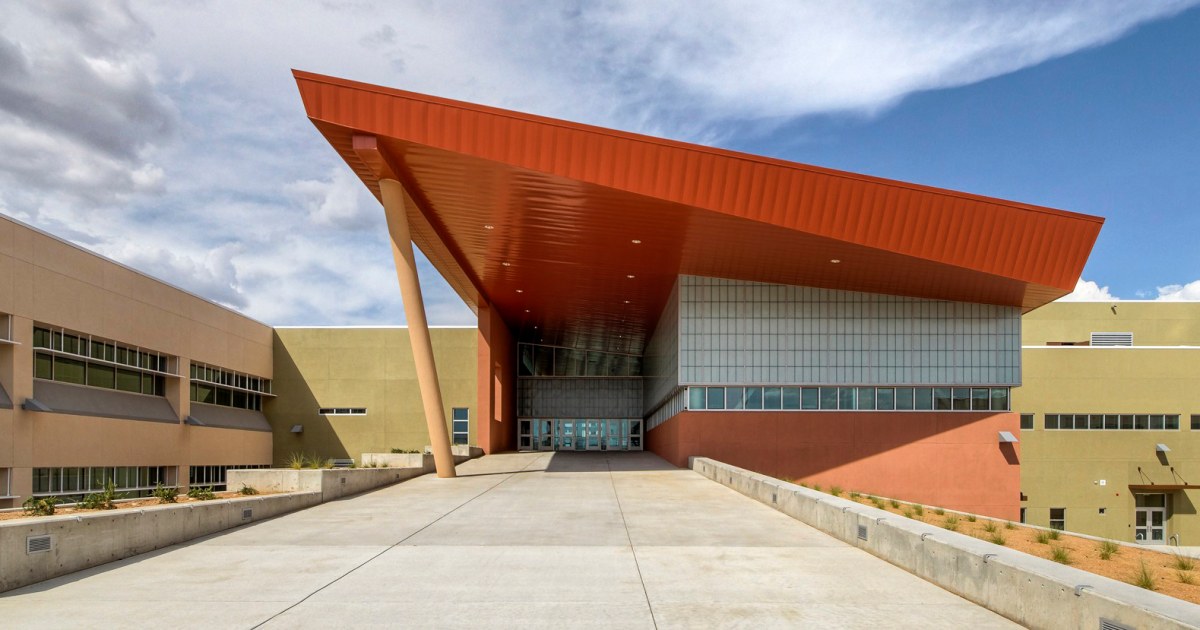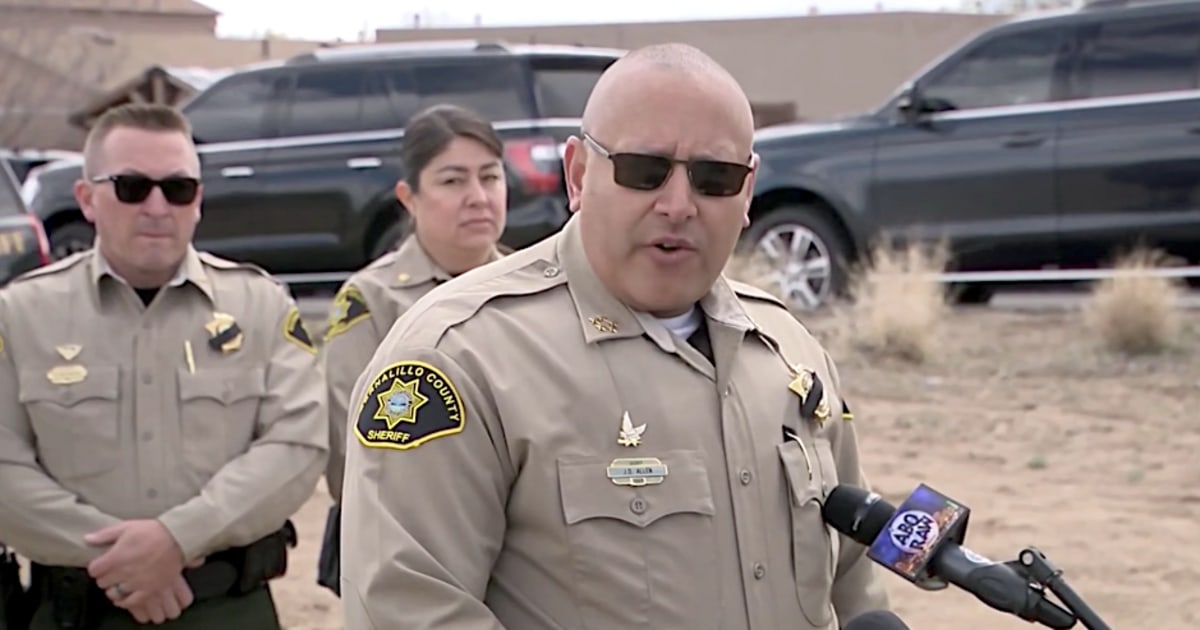Enlarge image
Torc Robotics is building an autonomously driving Level 4 truck based on the Freightliner Cascadia truck
Photo: Fabian Hoberg / Freightliner Trucks
The first impression:
what.
For.
On.
Monster.
Four meters high, over seven meters long and weighing almost nine tons.
The Freightliner Cascadia is one of the biggest trucks on US roads.
The truck pulls up to 36.3 tons and measures 23 meters with the trailer.
But this truck from Torc Robotics can do even more: It drives independently according to autonomy level 4, without a driver.
The vehicle takes charge of the traffic and the pilot can sit back and relax – or not be on board at all.
This is what the manufacturer says:
For years, many trucks and cars have been equipped with an active speed assistant that keeps the preset distance on freeways.
The pilot only has to steer while driving.
On Level 3 vehicles, the system does this work as well, but the driver must intervene in emergencies or difficult weather conditions, such as sudden snowfall, heavy rain or fog.
This system has been available as a traffic jam pilot in some Mercedes-Benz cars since 2022.
The car takes control up to a speed of 60 km/h.
Level 4 vehicles no longer need pilots, they drive independently on a predetermined route or to a destination, i.e. without a driver.
The Cascadia has been driving autonomously according to Level 4 since 2021, and the tech companies Torc Robotics and Waymo have been testing the trucks on public roads since 2022.
At the moment, however, there is still an experienced trucker behind the wheel as a safety driver.
So he can intervene in emergency situations.
Yet.
»The jump from level 3 to 4 is very big, because no driver can intervene in tricky situations.
Therefore, the system must always work 100 percent,” says Peter Vaughan Schmidt, CEO of Torc.
The company with around 600 employees has been involved in autonomous driving for over 15 years.
The technical effort is high.
In addition to around 40 sensors including cameras, radar, microphones and lidar, fast computers are used.
This should also make it possible to drive in fog and snow.
Safety-relevant components such as the steering, brakes and network are designed redundantly, as is the on-board voltage for the technology.
In addition to Torc Robotics, the American technology company Waymo is also converting trucks to Level 4.
The vehicles differ in terms of the sensors, but otherwise work identically.
Compared to cars, the material costs for trucks are higher simply because of the length of the vehicle - and that increases the costs.
Truck manufacturer MAN is developing the Truck Atlas-L4 with the Technical University of Munich (TUM) and the Fraunhofer Institute, among others, and is currently testing it in Germany.
The acronym stands for "Automated transport between logistics centers on level 4 expressways." Experts therefore also assume that level 4 vehicles will prevail in the commercial vehicle sector, with shuttles or robotaxes.
Mercedes-Benz has had Level 4 approval for cars since the end of November 2022 - but only as an automatic parking system in a multi-storey car park in Stuttgart.
more on the subject
European pilot project: Hamburg becomes test city for autonomous trucks
Driverless subway: autonomous driving in the city?
It's long gone Lukas Kissel reports from Nuremberg
Autonomous driving: Volkswagen and Ford announce end of joint robot car project
What we noticed:
In the Sleeper Cab Raised Roof of the huge Cascadia, instead of a large bed, fridge, microwave, TV and table, there are only two seats, a large computer cabinet and a monitor.
The safety driver activates the Automated Driving System (ADS) using a switch on the left side of the steering wheel.
The Cascadia drives onto the autobahn automatically, sets the indicators, lets two cars through and meanders smoothly into the lane.
Other road users appear as rectangles on a monitor in the rear cabin, then disappear again.
If a lane is occupied, they light up red on the monitor, the Cascadia then remains stubbornly in its lane, reduces its speed and waits for a suitable gap.
At around 60 miles per hour (almost 100 km/h), the truck stomps along the interstate near Albuquerque (US state of New Mexico), the other road users look impassively ahead.
Except for the writing on the trailer and the sensors on the truck, there is no visual difference to a normal truck.
During the test drive, the safety driver talks constantly to his companion, who types his comments into a computer so engineers can get precise feedback on every driving maneuver.
The aim is to get the most natural and fluid driving behavior possible in series production.
You have to know that:
Torc Robotics converts the truck of the Daimler truck subsidiary Freightliner into a robot truck.
Above all, it is as good as ready for series production.
Around 30 trucks are currently completing their miles in the southern part of the USA in order to gain further experience.
In 2025, the first trucks should be on public roads without a driver, and a little later they will be delivered to customers in the USA.
A use for Europe is possible, since the technology can also be integrated into local trucks.
However, the engineers do not expect this to happen before the end of the decade.
They record two possible uses:
The driver could use the technology as an assistance system and rest, sleep or do his paperwork on long journeys.
When the trucks drive more slowly and more evenly, they also save fuel or energy, which benefits the carrier and the environment.
Only in the city would the trucker take control of the truck again.
Truckers could drive longer that way.
Or they transport goods and goods as before to a loading station, the so-called hub.
There they uncouple the trailer and an autonomously driving truck pulls the load over the next few hours via the freeway or highway to the final hub station.
There, a human driver takes over the load and delivers it in the last mile – similar to a DB Cargo loading station in Germany.
This would mean that fewer truck drivers would be needed and could possibly be a solution to the driver shortage.
In Germany alone there is currently a shortage of around 100,000 truck drivers and around 400,000 drivers in Europe, estimates the Bundesverband Güterverkehr Logistik (BGL).
According to the American Trucking Association, there is a shortage of around 80,000 truckers in the USA, and in seven years it will be 160,000 truckers.
By 2030, six percent of freight is to be delivered with autonomous trucks, then with electric drives.
However, even the autonomous systems cannot do entirely without personnel: in Mission Controls, employees monitor the trucks, check the driving data and can park the vehicles in an emergency, such as in storms or strong winds.
Let's not forget:
How safely the truck changes lanes and merges into traffic on Interstate 40 is remarkable.
The steering wheel turns independently, the gears change automatically and the air brakes regularly hiss in stop-and-go traffic.
Without the driver intervening.
There are no abrupt braking maneuvers, no rocking steering.
The truck even exits the motorway onto a country road with ease and drives right into the bustling city – a small miracle given its length and weight, even with the driver.
Fabian Hoberg is a freelance author and was supported in his research by Freightliner Trucks. Reporting is independent of this.









